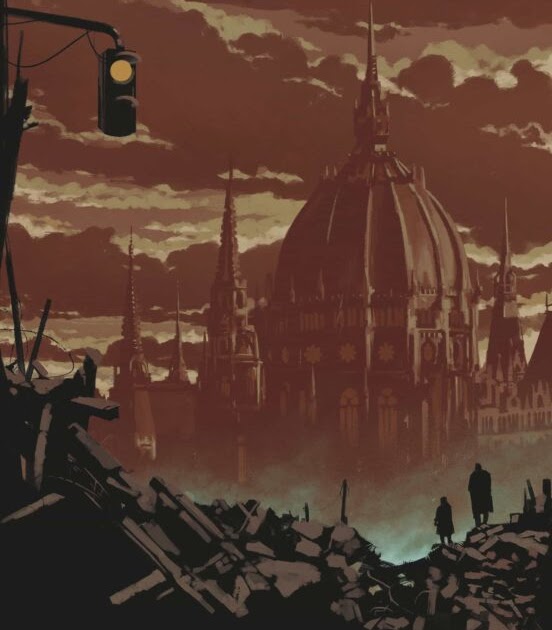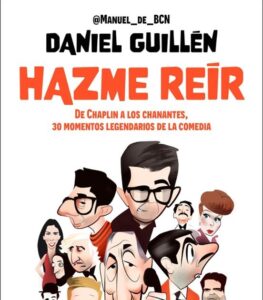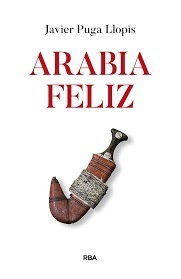
Language: español
Year of publication: 2023
Valuation: advisable?
A secret that is not, in fact: there are easy reviews, which are written in a flash, and others that are difficult as hell. Let’s see if you can guess what type the one in this novel is… Exactly, one of the fucked tricky to do. Because the novel it deals with not only goes out of the ordinary, both in plot and style, but alsoIt is also difficult to rate, at least using the ULAD Unified Book Rating System (not to mention giving stars like Goodreads).
But hey, let’s get to the mess we’ve come here to play… Budapest It is what we could call a post-apocalyptic dystopian novel, although it is not very clear what apocalypse they are talking about. It is also a travel novel, the umpteenth version of the Odyssey, starring not a Greek king but two cousins - he and she – who travel the Páramo in search of revenge? Justice? His past, just like that? Above all, Budapest It is a terrible story, the Mad Max version, if you will, of one of the Brothers Grimm (although the author talks about Hans Cristian Andersen in the epilogue) with some Hansel and Gretel with whom it is better not to cross any witches. .
Summary summary (let’s see if I can do it): Cara and Carlo are two cousins who wander together through the Páramo, on the opposite bank from where the most beautiful city on the banks of the Danube is located, in search, it seems, of the Grandfather of the Storms. They have been raised, after passing through the Enchanted Palace, by two wandering soldiers, Piotr and Santino, and have ended up becoming, perhaps, the most fearsome creatures in a world inhabited by wolves, jackals and ghosts. A world destroyed after war – it doesn’t matter if World War II or World War III. Or perhaps both at the same time – in which the genocide has been almost total and the pollution, absolute, converted into the new nature, the habitat where the protagonist cousins must survive. Whose story we are getting to know not in a linear way (straight linear, I mean) but in a spiral, since this is the form that the narrative takes, advancing from the outside of it towards the center, but taking detours, circumlocutions, detours, metaphors and stories… Because that’s another: Mories’ style (at least in this novel, which is the only one of his that I have read) is far from being simple and merely functional; It is composed – and soaked in a dark lyricism that runs through the entire novel – in a rather fragmentary way, although the final result unifies them, through dream episodes, analepses, thoughts – or sensations. Or apprehensions – of the protagonists, memories and omens – everything is filled with a multitude of poems, with those of TS Eliot at the head, and songs, from those of Leonard Cohen to Antonio Vega or The Bridegroom of Death… A style that, curiously and at least in my opinion, the more tortuous, complex and allegorical it is, the more effective in the difficult (very difficult, in this case) task of achieving the well-known suspension of disbelief. Does Budapest get it? Well yes, but I already said that based on excess, perversity and artifice.
Hence, in part, I am not sure whether or not to recommend this novel, at least for everyone. Not only because it is not an easy read due to its style (although that can also attract certain readers), but because what it involves is an extremely painful and even cruel story – I am not saying that its author is, but what it tells us -, with passages whose metaphorical breath does not hide nightmarish images, with a touch of gore, even… It may not be a typical horror novel, and many fans of the genre may not quite like it. convince (others, surely) yes), but I will not deceive you: YES it is a horror story. Even more so when it only reflects what happened in Europe not so long ago and foresees what may happen, down the path we are going…
Source: https://unlibroaldia.blogspot.com/2024/12/nieves-mories-budapest.html


